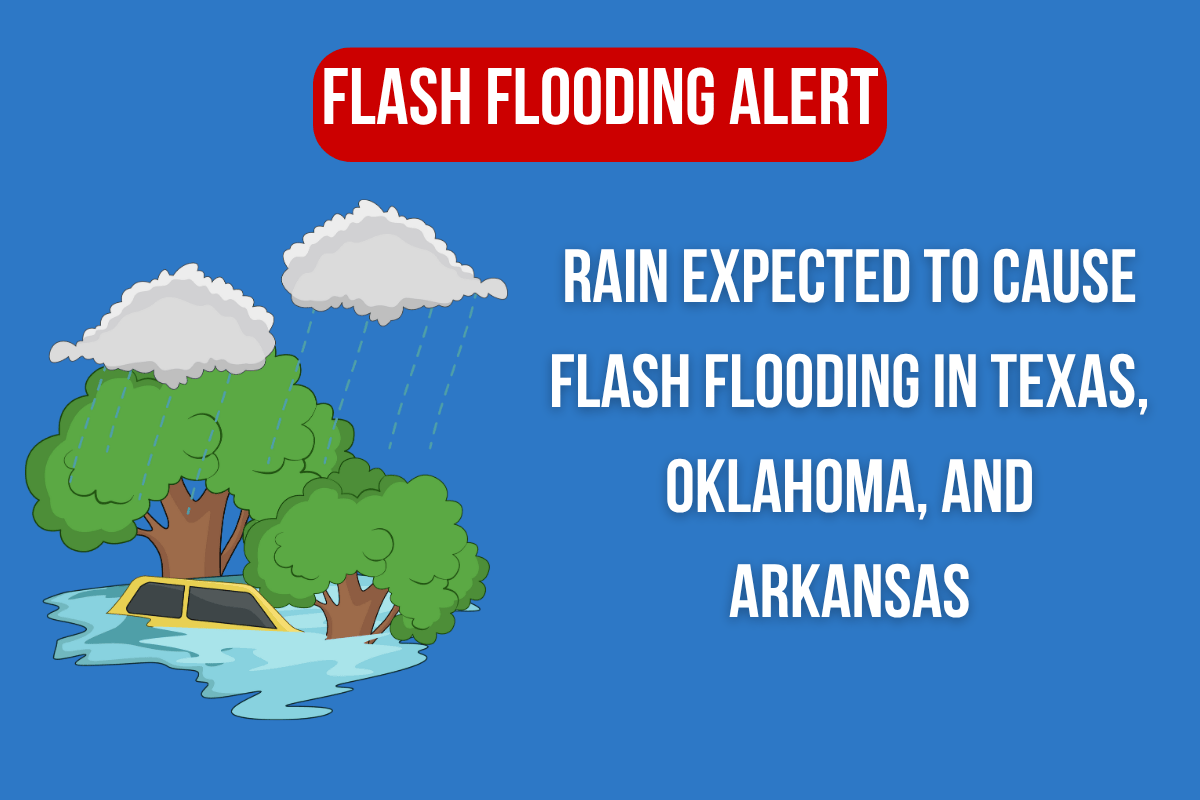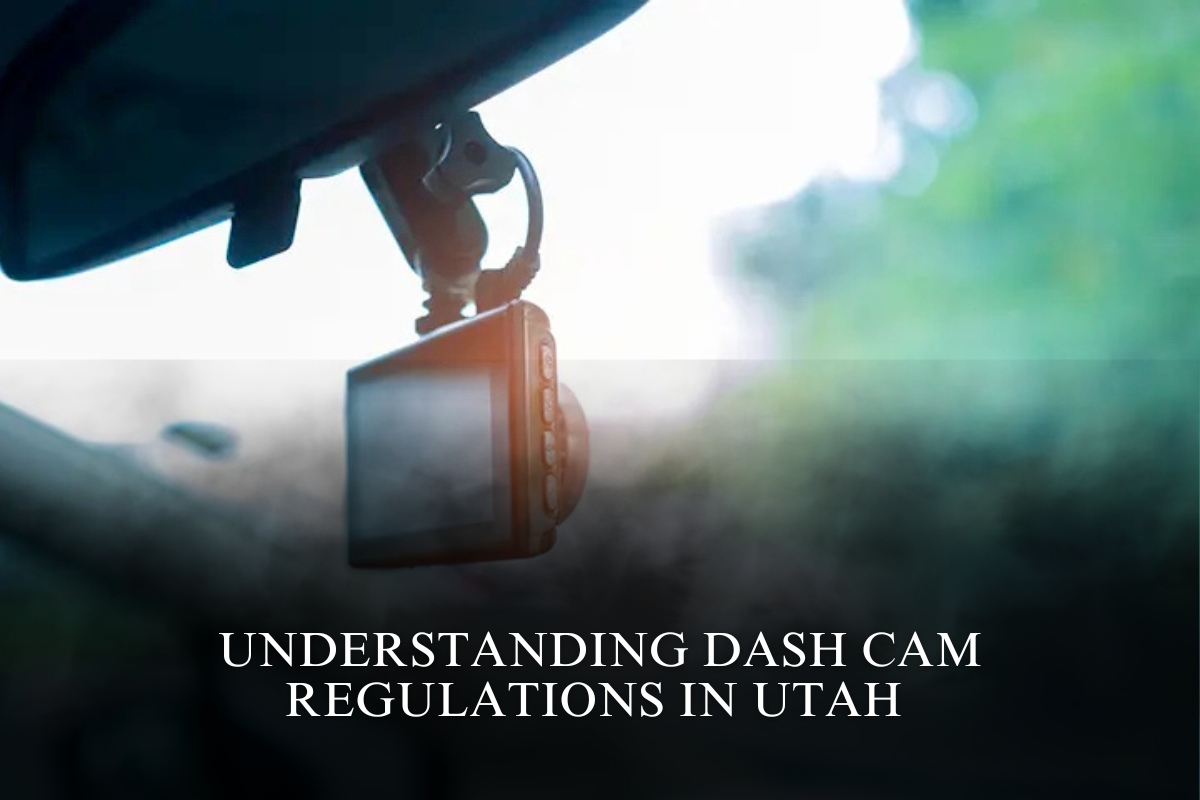In the coming days, inches of rain are expected to fall across a region spanning central and eastern Texas, southeastern Oklahoma, and western Arkansas, potentially causing dangerous flash flooding.
Rain will fall across the southern United States’ Interstate 10 and 20 corridors, from New Mexico and Texas to Florida, Georgia, and the Carolinas, through midweek. In some cases, heavy rain will coincide with gusty and severe thunderstorms.

Some of the most intense thunderstorms from large complexes will focus on parts of Texas until Tuesday night, with some areas potentially being hit by more than one severe storm with high winds, hail, and flash flooding in 24 hours.
A storm moving out of northern Mexico will track across the South Central states from Wednesday to Friday, allowing thunderstorms to erupt in the Gulf’s extremely moist environment.

This setup will unleash massive amounts of moisture in the atmosphere in the form of torrential downpours, with up to a few inches of rain falling in a matter of hours or less.
This alone can cause rapid flooding of city streets, turn dry washes into raging torrents, and cause rapid rises in some streams and rivers in the region spanning central Texas to western Arkansas, including southeastern Oklahoma and possibly northwestern Louisiana.

“Some of the heaviest rain and perhaps a concentration of flash flooding is likely to occur along and just southeast of the I-35 corridor in Texas and southern Oklahoma,” AccuWeather Senior Storm Warning Meteorologist Eddie Walker stated. Some of the torrential downpours are expected to occur frequently enough in the Houston area to cause localized flash flooding.
Where the downpours occur over a number of days, 8-12 inches of rain may fall in localized areas, potentially leading to regional flooding.
To put this in perspective, Dallas typically receives 3.7 inches of rain throughout June, according to historical averages.

Much of the area where the most rain will fall is not in a drought, as downpours since early spring have replenished soil moisture and then some.
There are some areas, primarily south and west of Austin, where drought is severe, and any non-flooding rainfall would be appreciated. However, even in this region of south-central Texas, too much rain can fall too quickly, resulting in dangerous flash flooding.

“In Texas, many droughts end in floods,” AccuWeather Chief On-Air Meteorologist Bernie Rayno said. “However, in this case, flash flooding won’t discriminate between drought and saturated areas.”












